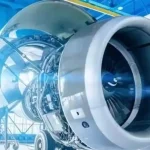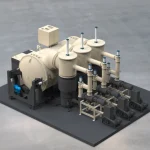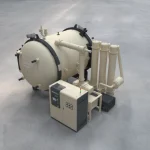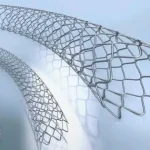Why is Temperature Control So Important in a Vacuum Furnace?
1. Fundamentals of Vacuum Furnace Operation
A vacuum furnace operates by creating a vacuum environment within its heating chamber, eliminating air and gases to prevent oxidation and contamination during material processing. This environment is crucial for high-temperature applications such as heat treatment, brazing, sintering, and annealing, where precise temperature control directly impacts material properties and process outcomes.
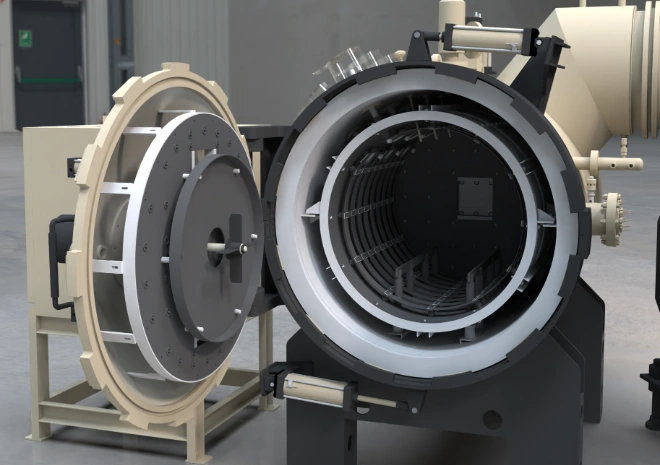
2. Temperature Control in Vacuum Furnaces
2.1 Temperature Control Methods
Temperature control in vacuum furnaces relies on advanced systems to maintain stability and accuracy. Common methods include:
● PID Control: Combines proportional, integral, and differential adjustments to minimize deviations between actual and set temperatures. This method ensures rapid response and steady-state accuracy.
● Feedback Control: Uses sensors to monitor real-time temperatures and adjust heating elements accordingly. This looped system corrects fluctuations instantly.
● Programmable Controllers: Store multiple temperature profiles for different materials and processes, enabling automated transitions between heating, soaking, and cooling phases.
2.2 Advanced Temperature Control Systems
Modern vacuum furnaces integrate (intelligent temperature control instruments) with precision of ±0.1%. These systems:
● Support multi-segment temperature curves with customizable PID parameters.
● Auto-tune parameters to eliminate overshooting during heating.
● Accommodate various thermocouple types for compatibility with diverse materials.
3. Importance of Temperature Control
3.1 Material Performance Optimization
Precise temperature control ensures materials achieve desired mechanical properties. For example:
● Vacuum Quenching: Rapid cooling rates after heating harden metals like tool steels, improving wear resistance.
● Vacuum Annealing: Controlled cooling relieves internal stresses in alloys, enhancing ductility.
3.2 Prevention of Oxidation and Contamination
In a vacuum environment, the absence of oxygen prevents oxidation, which could degrade material surfaces. Temperature stability further minimizes:
● Decarburization: Loss of carbon in steels due to excessive heat.
● Contamination: Reaction with residual gases or impurities in the furnace atmosphere.
3.3 Process Consistency and Reproducibility
Consistent temperature profiles ensure repeatable results across batches. This is critical for industries like aerospace, where component reliability depends on uniform heat treatment.
4. Challenges in Temperature Control
4.1 Thermal Inertia and Response Time
Heavy furnace components (e.g., graphite heating elements) exhibit thermal inertia, delaying temperature adjustments. Advanced controllers mitigate this by predicting and compensating for lag.
4.2 Temperature Uniformity
Uneven heating can cause localized overheating or underheating. Solutions include:
● Optimized Heating Element Design: Distributing heat sources evenly.
● Forced Convection Systems: Circulating gases in partial-pressure environments to improve uniformity.
5. Applications and Case Studies
5.1 Aerospace Industry
Vacuum furnaces process titanium alloys for aircraft components. Precise temperature control ensures:
● Grain Structure Refinement: Enhancing fatigue resistance.
● Elimination of Alpha Case: Preventing surface contamination that weakens parts.
5.2 Automotive Components
Heat-treating gears and bearings in vacuum furnaces improves hardness and reduces distortion. For instance, vacuum carburizing achieves deeper case depths than atmospheric methods.
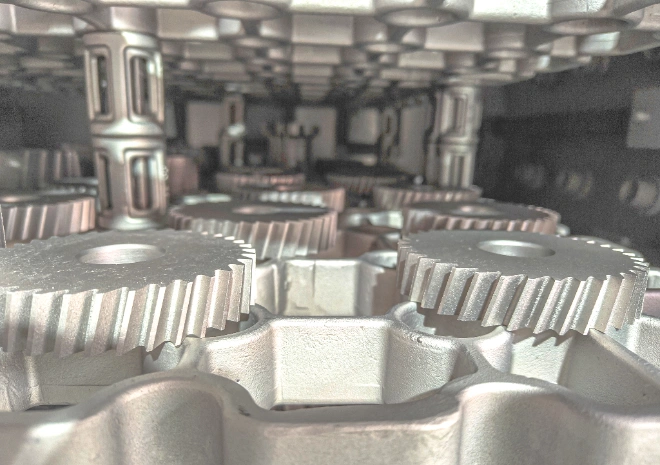
6. Summary
Temperature control is the cornerstone of vacuum furnace performance, directly influencing material quality, process efficiency, and operational safety. By leveraging PID control, feedback loops, and programmable systems, manufacturers achieve precise thermal management tailored to diverse applications.
7. Frequently Asked Questions
Q: What are the primary methods of temperature control in vacuum furnaces?
A: Common methods include PID control, feedback control, and programmable controllers with multi-segment profiles.
Q: How does temperature control affect material properties?
A: It optimizes mechanical properties (e.g., hardness, ductility) by ensuring consistent heating and cooling cycles.
Q: Why is vacuum environment critical for temperature control?
A: It prevents oxidation and contamination, which could alter material behavior or damage furnace components.
Q: What challenges arise in maintaining temperature uniformity?
A: Thermal inertia of heavy components and uneven heat distribution require optimized designs and forced convection systems.
Q: Can temperature control systems adapt to different materials?
A: Yes, programmable controllers store material-specific profiles and auto-tune PID parameters for flexibility.
Q: How do vacuum furnaces prevent overheating?
A: Intelligent controllers monitor temperatures in real-time and adjust heating elements to avoid overshooting.
